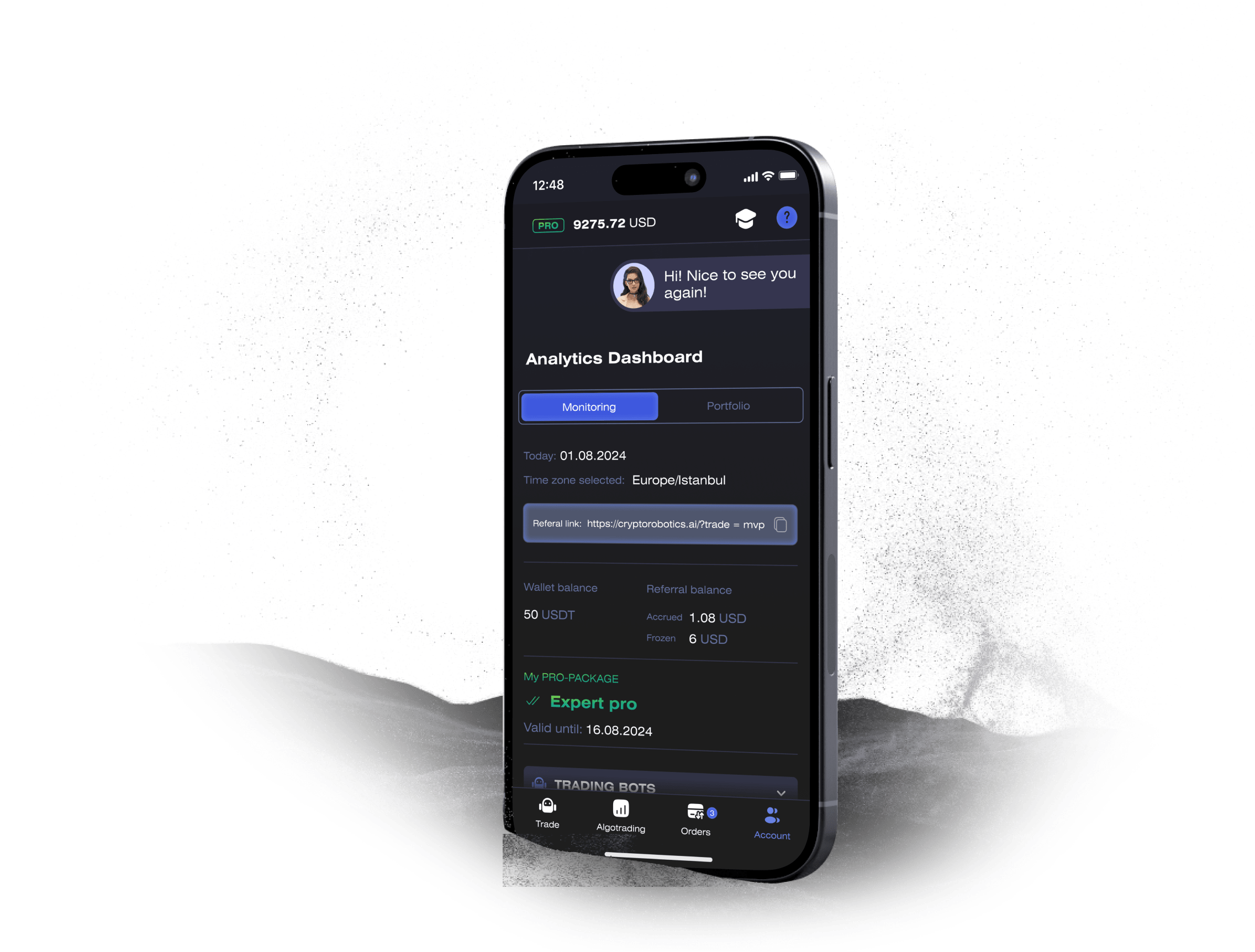Published: December 10, 2024 at 9:24 pm
Updated on June 09, 2025 at 7:07 pm




In the fast-paced world of crypto, we’re about to see fee switches activated on certain trading platforms. These fee switches, like the one from LayerZero (ZRO), are meant to change how users interact with these platforms and how market dynamics play out. Essentially, they allow platforms to redistribute transaction fees to users, which could incentivize more active trading and engagement.
How does a fee switch help users? Well, by sharing transaction fees with users—like holders and stakers—crypto platforms create a financial incentive for users to participate more. This could lead to better retention and loyalty, as people might feel they have a stake in the platform’s success. LayerZero’s fee switch, for instance, aims to provide fees to ZRO holders and stakers, which could lead to more users investing in the ecosystem.
Also, let’s not forget that having low or no fees can be a huge draw. Just look at MEXC, which gained lots of users because it didn’t charge fees on maker orders. A fee switch might do the same for LayerZero, attracting a larger user base.
When you activate a fee switch, you might also affect the value of the native token and how the market sees it. Burning tokens, as part of this process, reduces the number available, which can lead to more demand and potentially a higher price. This deflationary tactic could improve investor sentiment, showing that the platform cares about its token supply and wants to fight inflation.
Burning tokens decreases supply, and if demand stays the same or increases, this could lift the token’s price. Of course, whether this actually happens is a different story, but it’s something to think about.
Then there’s the question of how these events influence investor sentiment. If the market knows that a burn is coming, some might buy in anticipation. If successful, it may also reassure investors about the token’s future. Furthermore, announcing a fee switch could make the platform seem more user-friendly, which might help build trust.
LayerZero (ZRO) has announced a vote on December 19 for a fee switch. ZRO holders will decide whether to activate it, as they have the control over fee management.
If the vote passes, LayerZero will collect fees equivalent to the costs incurred from cross-chain messages. So, for example, if a certain DVN charges $0.01 for transactions between Arbitrum and Optimism, LayerZero would add another $0.01.
ZRO holders are also in charge of this vote, ensuring that the platform’s financial policies align with user interests. The upcoming vote reflects LayerZero’s decentralized governance model, allowing users to shape its future.
Should the vote pass, the fees will be burned, which could reduce ZRO’s circulating supply. This may increase the token’s value, as fewer tokens would be available for trading, and the market often reacts positively to burns.
The introduction of fee switches on crypto trading platforms marks a significant shift in user engagement and market dynamics. By redistributing fees to users and reducing token supply through burning, platforms can create incentives for participation, enhance token value, and strengthen trust among users. LayerZero’s upcoming vote on its fee switch is a prime example of how decentralized governance and fee management can reshape the cryptocurrency exchange landscape.
As the crypto market continues to evolve, the adoption of fee switches and other innovative mechanisms will likely play a crucial role in user engagement, token value, and trading environment. Investors should pay attention to these developments, as they could significantly impact the future of crypto trading platforms.
Access the full functionality of CryptoRobotics by downloading the trading app. This app allows you to manage and adjust your best directly from your smartphone or tablet.


News
See more







Blog
See more






